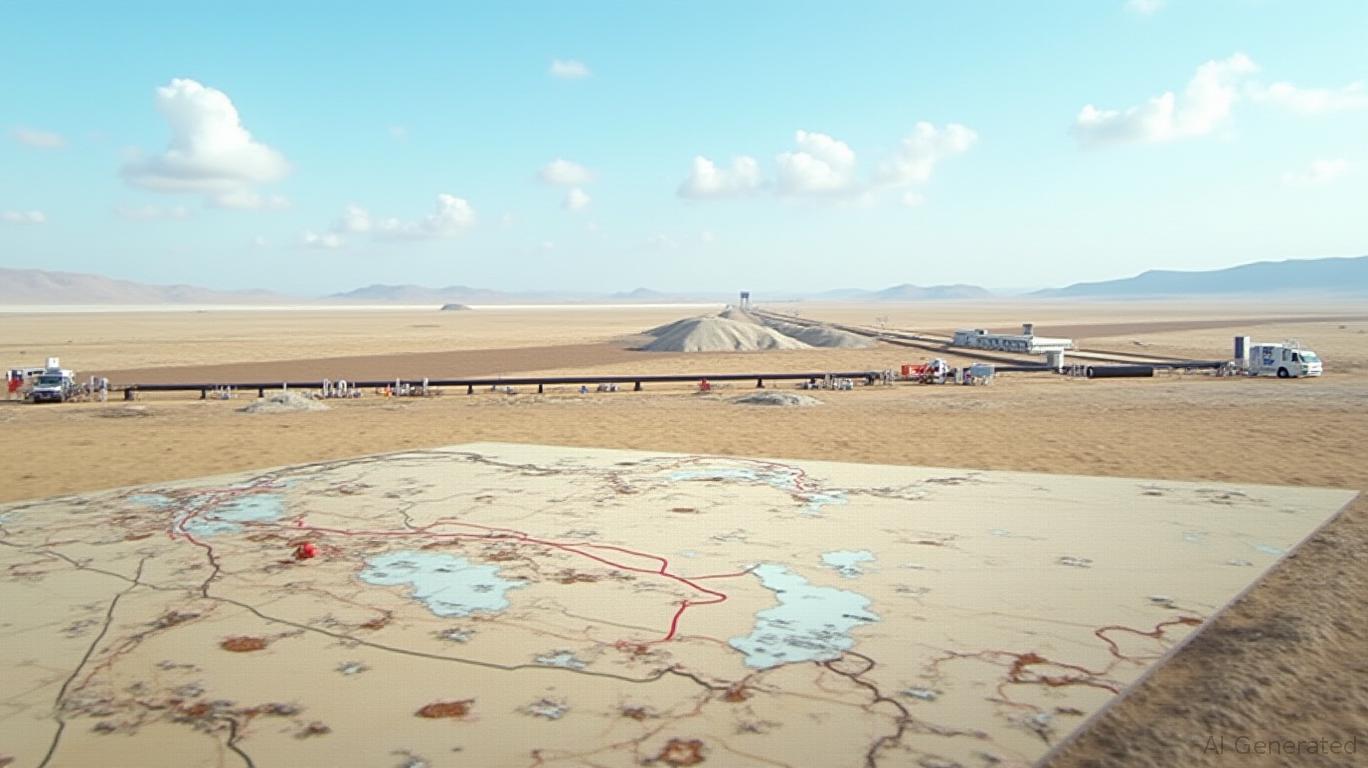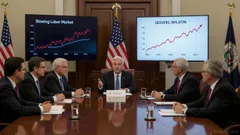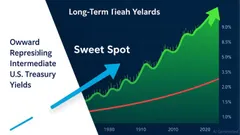AInvest Newsletter
Daily stocks & crypto headlines, free to your inbox
The escalating Israel-Iran conflict has thrust China's energy security into the spotlight, exposing vulnerabilities in its reliance on Middle Eastern oil and maritime shipping routes. As tensions in the region disrupt global energy flows, Beijing is accelerating its pivot toward Russian natural gas via the Power of Siberia 2 (PS-2) pipeline, a project that promises to reshape energy geopolitics. This strategic shift carries profound implications for investors in energy infrastructure, Russian equities, and liquefied natural gas (LNG) markets.
The Israel-Iran conflict has underscored the fragility of China's energy supply chain. Over 90% of Iran's crude oil exports flow to China, with discounted prices (8% below global benchmarks) feeding into small, private "teapot" refineries in Shandong Province. However, the Strait of Hormuz—a chokepoint for 35% of global seaborne oil—remains perilously exposed. Any Iranian closure of the strait, or attacks on shipping lanes, would disrupt 43% of China's oil imports.

The risks extend beyond oil. China's evacuation of over 3,000 citizens from Iran—a population vital to energy projects—reveals the human and economic stakes. Meanwhile, U.S. sanctions and the "dark fleet" workaround for Iranian oil imports highlight the legal and logistical challenges Beijing faces.
The PS-2 pipeline, designed to transport 50 billion cubic meters (bcm) of natural gas annually from Russia's Yamal Peninsula to China, offers a geopolitical lifeline. By reducing reliance on Middle Eastern maritime routes, it would:
- Diversify energy supply: Offset China's 250 bcm gas imports from Central Asia and Russia by 2030, with PS-2's capacity accounting for 20% of that total.
- Mitigate sanctions risk: Provide a secure overland route, avoiding U.S.-targeted maritime chokepoints like the Malacca Strait.
- Strengthen Sino-Russian ties: Align with Beijing's "One Belt, One Road" strategy and Moscow's pivot to Asia amid Western sanctions.
Yet progress remains stalled. Key hurdles include:
- Pricing disputes: Russia seeks $287–350/1,000 m³ (aligned with European pre-war rates), while China demands $60–80/1,000 m³.
- Financing gaps: Beijing insists on $8–15 billion in low-interest loans for Russia's pipeline construction, but terms remain unresolved.
- Geopolitical risks: U.S. sanctions on Russian energy exports and internal Russian competition (e.g., Rosneft's push to monetize Siberian gas) complicate Gazprom's dominance.
The PS-2 pipeline's success hinges on a finalized agreement by mid-2026. Investors should monitor:
- Gazprom's financial health: . A stabilization in its $6.8 billion 2023 net loss could signal progress.
- Mongolian regulatory stance: PS-2's inclusion in Ulaanbaatar's 2028 development plan remains uncertain, as the project was excluded in 2024.
A PS-2 breakthrough would boost Russian energy stocks, particularly Gazprom and pipeline operator Transneft. However, risks persist:
- Sanctions exposure: U.S. restrictions on Russian debt issuance limit financing options.
- Domestic competition: Rosneft's push to access PS-2 for associated gas from Siberian oil fields could dilute Gazprom's returns.
If PS-2 falters, LNG imports from Qatar, Australia, and the U.S. may surge. Investors should track:
- Global LNG supply-demand: . A PS-2 delay could worsen oversupply, pressuring prices.
- Chinese LNG infrastructure: Beijing's planned 250 bcm/year LNG capacity by 2027 offers opportunities in terminal operators like
The region's volatility favors funds focusing on geopolitical risk. Consider:
- Energy ETFs: The SPDR S&P Oil & Gas Exploration & Production ETF (XOP) tracks U.S. and global energy firms.
- Geopolitical ETFs: The Global X Geopolitical Trends ETF (GTWN) invests in companies benefiting from regional instability.
China's pivot to Siberia 2 is a calculated response to Middle East instability, but it is not without risks. Investors must balance near-term uncertainties—pricing disputes, sanctions, and delays—with the long-term prize: a diversified energy portfolio less vulnerable to maritime chokepoints and geopolitical volatility.
Investment advice:
- Aggressive plays: Take a long position in Gazprom and Transneft if PS-2 terms are resolved by Q3 2025.
- Defensive plays: Overweight LNG infrastructure stocks (e.g., Cheniere Energy in the U.S.) as a hedge against pipeline delays.
- Monitor Middle East developments: Rising Iran-U.S. tensions could accelerate PS-2's urgency, while a U.S.-Iran nuclear deal might reduce Beijing's incentive to compromise.
The PS-2 pipeline is more than an energy project—it is a geopolitical insurance policy. For investors, the question is no longer whether to prepare, but how swiftly to act.
Tracking the pulse of global finance, one headline at a time.

Dec.11 2025

Dec.11 2025

Dec.11 2025

Dec.11 2025

Dec.11 2025
Daily stocks & crypto headlines, free to your inbox
Comments
No comments yet